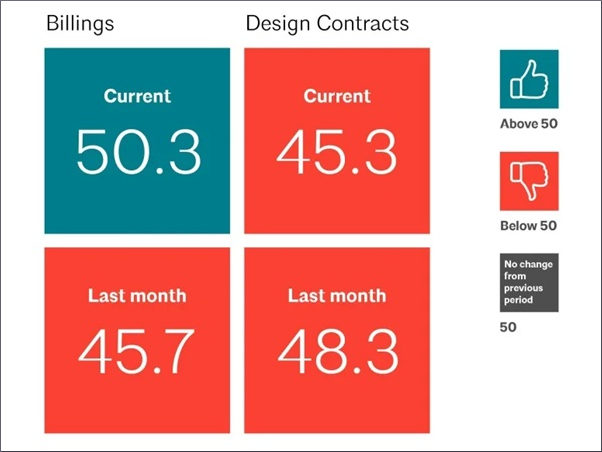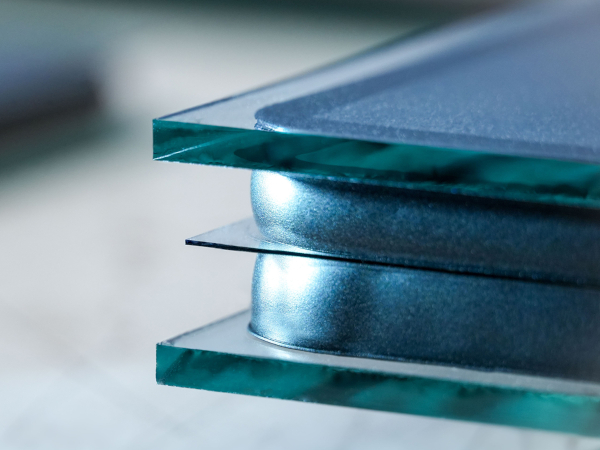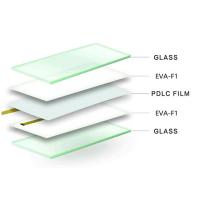Date: 8 February 2008
A compound annual growth rate of 25% is expected for the 2007 to 2009 time period.
Peter F. Volanakis, Corning's chief operating officer, will detail for investors the key end-market applications that are expected to drive this demand, and highlight Corning's capabilities in meeting these market needs. Volanakis will make the remarks during the company's annual investor meeting, which begins today at 9 a.m. at the Mandarin Oriental Hotel in New York.
Addressing anticipated 2008 LCD glass market dynamics, Volanakis will reiterate the company's expectations for a tightened supply-and-demand balance, moderate price declines and less significant fluctuations in quarter-to-quarter glass demand patterns. "For Corning, 2008 is expected to be yet another year of process improvement, cost reduction and excellent gross margins."
LCD TV Drives Significant Near-Term Growth
LCD TV has become the fastest-growing category of global glass demand, with the penetration rate expected to reach about 60% in 2009, up from 38% in 2007. "In 2008," Volanakis will say, "we estimate that 105 million LCD TVs will be shipped, reaching 50% penetration of the total color TV market." Additionally, average LCD TV screen size is expected to increase from 31.4 inches in 2007 to approximately 34.2 inches in 2009, with total glass demand for LCD TV reaching nearly 1.5 billion square feet that year.
"Corning is proud to be playing a leading role in the display industry as 2008 marks the historic point when LCD becomes the dominant TV technology," Volanakis will say. "Most significantly, LCD is leading in larger screen sizes. We expect 86% of the 40-to-49-inch TV segment and almost half of the 50-inch-and-larger segment to be LCD by 2009."
The company will note that the number of LCD TVs sold to date represents only 8% of the 1.9 billion TVs in use worldwide. In addition, the markets with the largest number of households, like China, are currently the least penetrated. Even in North America and Europe, less than 20% of the TVs in use are currently LCD. This represents a significant opportunity for further growth. A one-percent increase in penetration into the number of TVs in use worldwide would equal an additional 210 million square feet of glass this year, equivalent to approximately 10% of the total glass market today.
The growing demand for increasingly larger LCD TVs continues to drive the industry's demand for larger-generation substrates. "By the end of 2009, demand for Generation (Gen) 8 and larger substrates is expected to be five times that of 2007. Given Corning's leadership in large-Gen sizes, we expect to perform well in this segment," Volanakis will say.
Corning recently announced its plan to develop Gen 10 glass, measuring 2850 mm x 3050 mm, which will be the largest LCD glass substrate available in the market and will allow panel makers to produce a range of panel sizes, including six 65-inch panels. Very large-size glass substrates provide panel customers with greater process efficiency while enabling lower costs and larger screen sizes, ultimately helping to make large LCD TVs more affordable for consumers.
Longer-term View of LCD TV Opportunity
"As LCD continues to become the dominant TV technology platform, we need to consider a broader perspective on key factors influencing longer-term growth potential," Volanakis will tell investors. "At Corning, we are starting to explore some new assumptions and the additional growth potential that they could provide the market. These are for consideration only at this point."
The major assumptions to be reviewed by Volanakis include the potential for:
LCD TV to drive category growth above historic norms through an acceleration in the TV replacement cycle;
A faster-than-expected rate of decline for the CRT industry;
An increased rate for consumer adoption of larger screen sizes;
Further share gains in large sizes.
"These are, of course, interdependent factors which may not happen all at once. Much more extensive research and analysis has begun at Corning to refine these assumptions," Volanakis will remind investors. "However, it is noteworthy that the cumulative impact from these assumptions could provide significantly higher demand for LCD glass beyond 2008."
Increased growth of other display applications also continues to contribute to global LCD glass demand, which is expected to increase from approximately 1.7 billion square feet in 2007 to approximately 2.7 billion square feet in 2009. LCD monitors and notebooks continue to be strong driving factors in overall glass demand.
Portable Device Market Presents Opportunities
Unit growth of small handheld applications with liquid crystal displays is expected to grow at a compound annual growth rate of 16% from 2007 to 2009, with glass demand associated with these applications growing nearly 50% to 150 million square feet.
Volanakis will briefly review several cutting-edge technologies recently developed by Corning to address emerging display applications, particularly in the high-end, feature-rich mobile device market. Recent technology introductions for this space include: Jade™ glass for advanced display; Vita™, a hermetic sealing solution for organic light-emitting diodes (OLEDs); and Gorilla™ glass, a scratch-resistant cover glass for touch screens and other applications.
About Corning Incorporated
Corning Incorporated (www.corning.com) is the world leader in specialty glass and ceramics. Drawing on more than 150 years of materials science and process engineering knowledge, Corning creates and makes keystone components that enable high-technology systems for consumer electronics, mobile emissions control, telecommunications and life sciences. Our products include glass substrates for LCD televisions, computer monitors and laptops; ceramic substrates and filters for mobile emission control systems; optical fiber, cable, hardware & equipment for telecommunications networks; optical biosensors for drug discovery; and other advanced optics and specialty glass solutions for a number of industries including semiconductor, aerospace, defense, astronomy and metrology.
Media Relations Contact:
M. Elizabeth Dann
(607) 974-4989
dannme@corning.com
Investor Relations Contact:
Kenneth C. Sofio
(607) 974-7705
sofiokc@corning.com










Add new comment